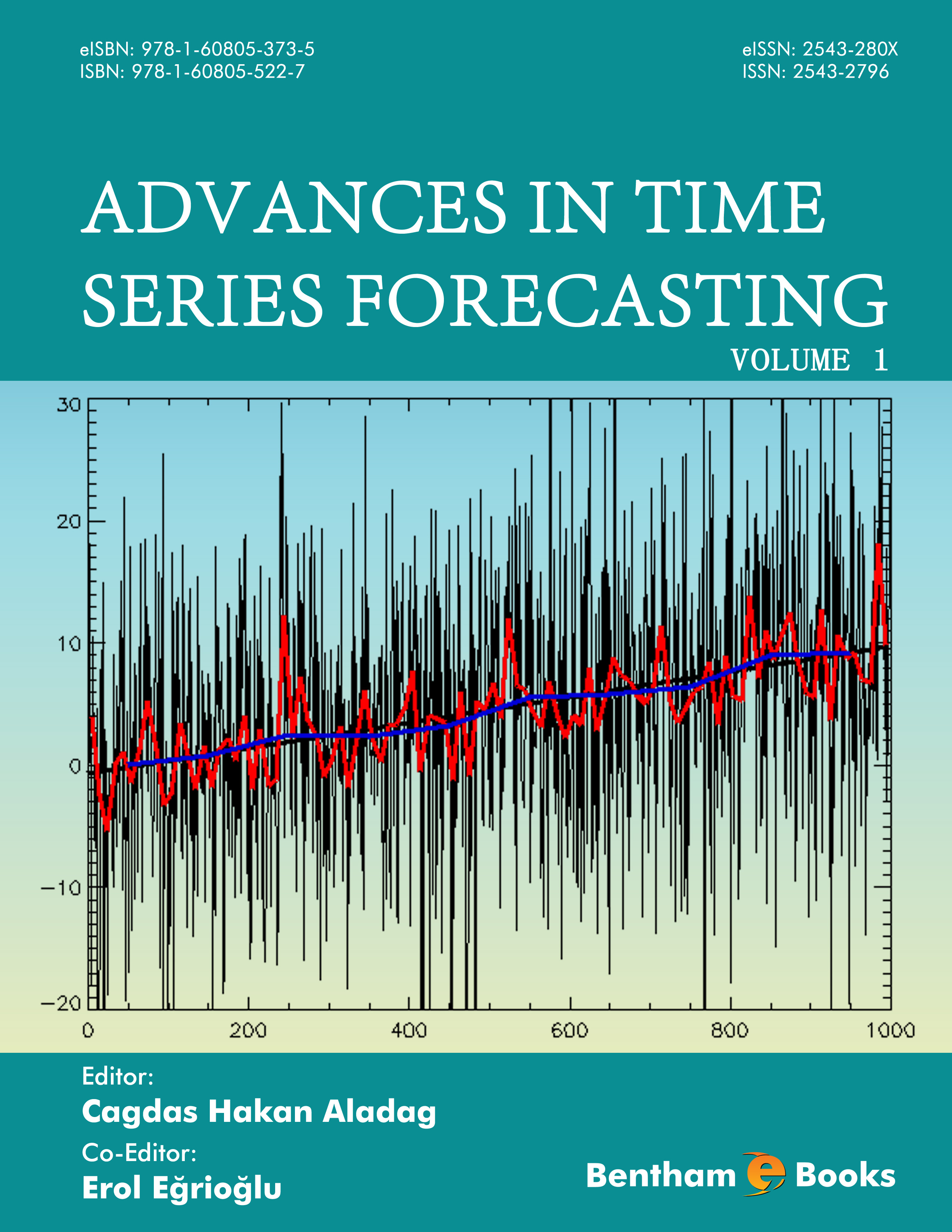Introduction
Time series analysis is applicable in a variety of disciplines, such as business administration, economics, public finance, engineering, statistics, econometrics, mathematics and actuarial sciences. Forecasting the future assists in critical organizational planning activities. Time series analysis is employed by many different organizations such as hospitals, universities, commercial enterprises or government organizations in order to forecast future scenarios. Therefore, many time series forecasting methods have been proposed and improved in statistical literature. Linear models such as Box-Jenkins methods were earlier used in many situations. Then, to overcome the restrictions of these linear models and to account for certain nonlinear patterns observed in real problems, some nonlinear models are also presented in literature. However, since these nonlinear models were developed for specific nonlinear patterns, they are not suitable for modeling other types of nonlinearity in time series. In recent years, efficient and advanced techniques such as artificial neural networks, fuzzy time series and some hybrid models have been used to forecast any kind of real life time series analyses. Both theoretical and empirical findings in academic literature show that these approaches give comparatively reliable forecasts than those obtained from conventional forecasting methods. In addition, conventional models require some assumptions such as linearity and normal distribution or cannot be utilized efficiently for some real time series such as temperature and share prices of stockholders since these kind of series contain some uncertainty. However, when advanced methods such as neural networks and fuzzy time series are used to forecast time series, there is no need to satisfy any assumption and the time series containing uncertainty can be forecasted efficiently
This e-book contains recent effective applications and descriptions of these advanced forecasting methods. Readers will learn how these methods work and how these approaches can be used to forecast real life time series. In addition, the hybrid forecasting model approach, which combines different methods to obtain better forecast results, is also explained. Readers can also find the applications of hybrid forecasting models in this e-book. This e-book also enables skilled statisticians to create a new hybrid forecasting model suitable for their own objectives. Data presented in this e-book is problem based and is taken from real life situations. This e-book is a valuable resource for students, statisticians and working professionals interested in advanced time series analysis.

